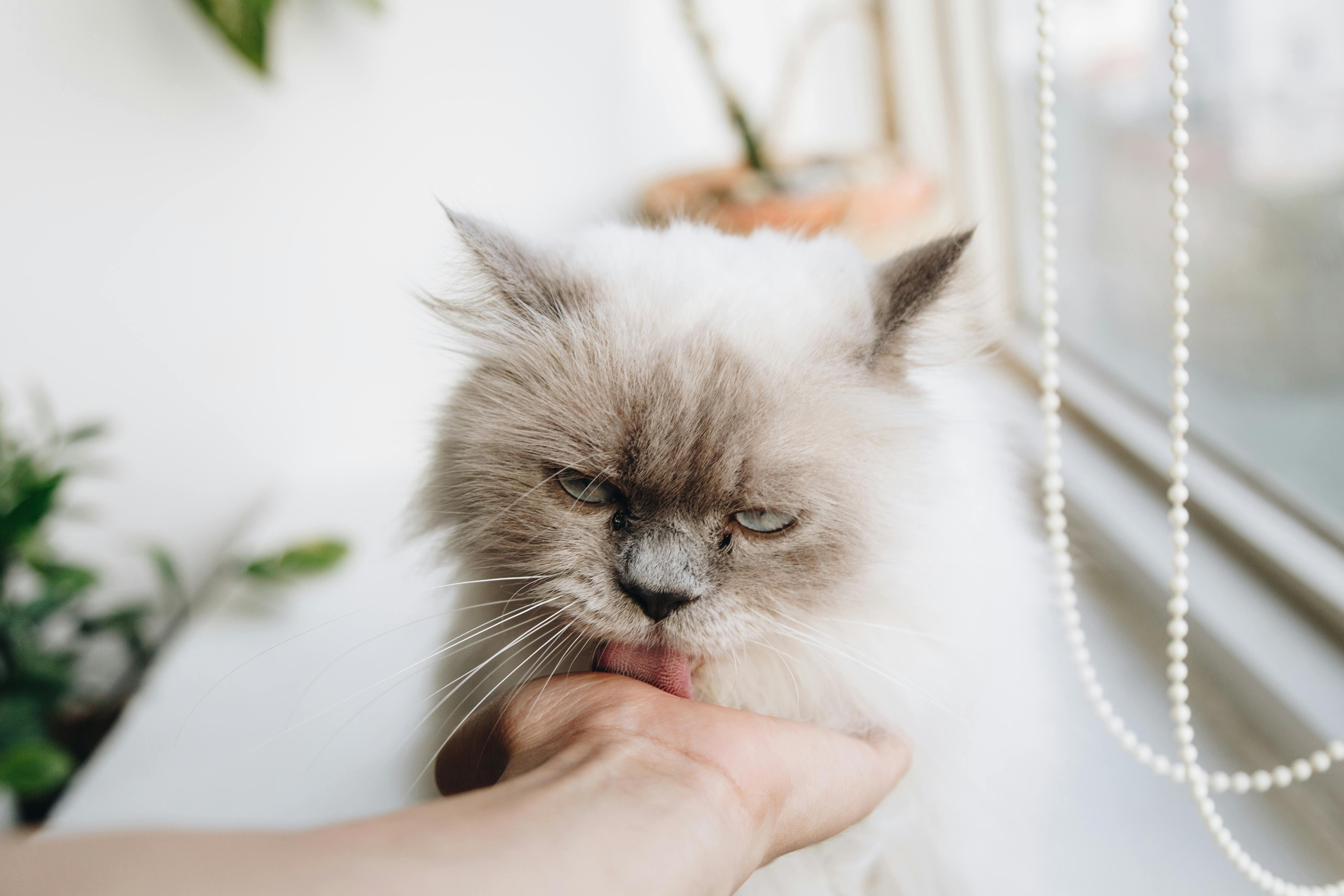 |
| Image credit: Pexels |
Cats, our enigmatic feline companions, are known for their grace, agility, and an uncanny ability to always land on their feet. Yet, there's another superpower they possess that often goes unnoticed - their extraordinary sense of smell.
The Numbers Behind the Nose
Cats are olfactory powerhouses, with a scent-sational number of odor receptors - up to a whopping 200 million! Compare that to humans, who have a meager 5 to 6 million. This immense olfactory capability equips cats for a life of exploration, communication, and, of course, hunting.
The Pheromone Detectives
Cats have a secret weapon called Jacobson's organ, or the vomeronasal organ, situated on the roof of their mouths. This incredible structure acts like a "second nose" and is specialized for detecting pheromones - chemical signals that convey vital information about potential mates, allies, rivals, and the territory.
Decoding Pheromones
Cats use this special organ to interpret the complex language of pheromones. When you see your kitty seemingly gazing into space with their mouth slightly open, they might be doing something called the Flehmen response. This curious behavior involves them inhaling and collecting pheromones or other scents on their tongue, transferring these scents to Jacobson's organ for a more in-depth analysis.
Understanding Their World
The information gathered through scent plays a crucial role in a cat's daily life. They use it to navigate their environment, marking their territory, finding food, identifying other cats' emotions, and even assessing potential dangers. This heightened sense of smell allows them to detect the slightest changes in temperature, air pressure, and wind direction.
The Mystique of Cat Scenting
Cats communicate through scent in ways that often elude our human senses. When your cat rubs their cheek against your face or furniture, they're not just leaving their scent; they're marking their territory and signaling their presence. Similarly, kneading with their paws helps distribute scent from glands in their paw pads.
Cat-to-Cat Communication
For cats, scent marking is also a form of social interaction. It helps them establish boundaries and maintain peaceful coexistence with other cats. When they sniff each other's scent markings, they gather essential information about the other cat's age, sex, health, and emotional state. This helps in deciding whether the newcomer is a potential friend or foe.
The Power of Catnip
Catnip, a beloved herb among our feline friends, contains a compound called nepetalactone that triggers intense reactions in many cats. When cats encounter catnip, they might roll in it, chew it, or become more playful. This is because nepetalactone mimics feline pheromones, causing a temporary euphoria.
Caring for Your Cat's Sense of Smell
Understanding your cat's incredible sense of smell is the first step in appreciating their world better. You can help by providing them with a stimulating environment rich in various scents. Offering safe herbs like catnip or silver vine can be an excellent sensory enrichment activity.
Remember, your cat's sense of smell is an essential part of what makes them unique. By nurturing and respecting this extraordinary ability, you're not only enriching their lives but also strengthening the bond between you and your feline friend.
@nolacrazycatlady #cats #lifewithcats #catcuddles #blackcat #calico #catnap #crazycatlady ♬ Cute songs for pet videos and easy events - Saku



.jpg)







0 Comments